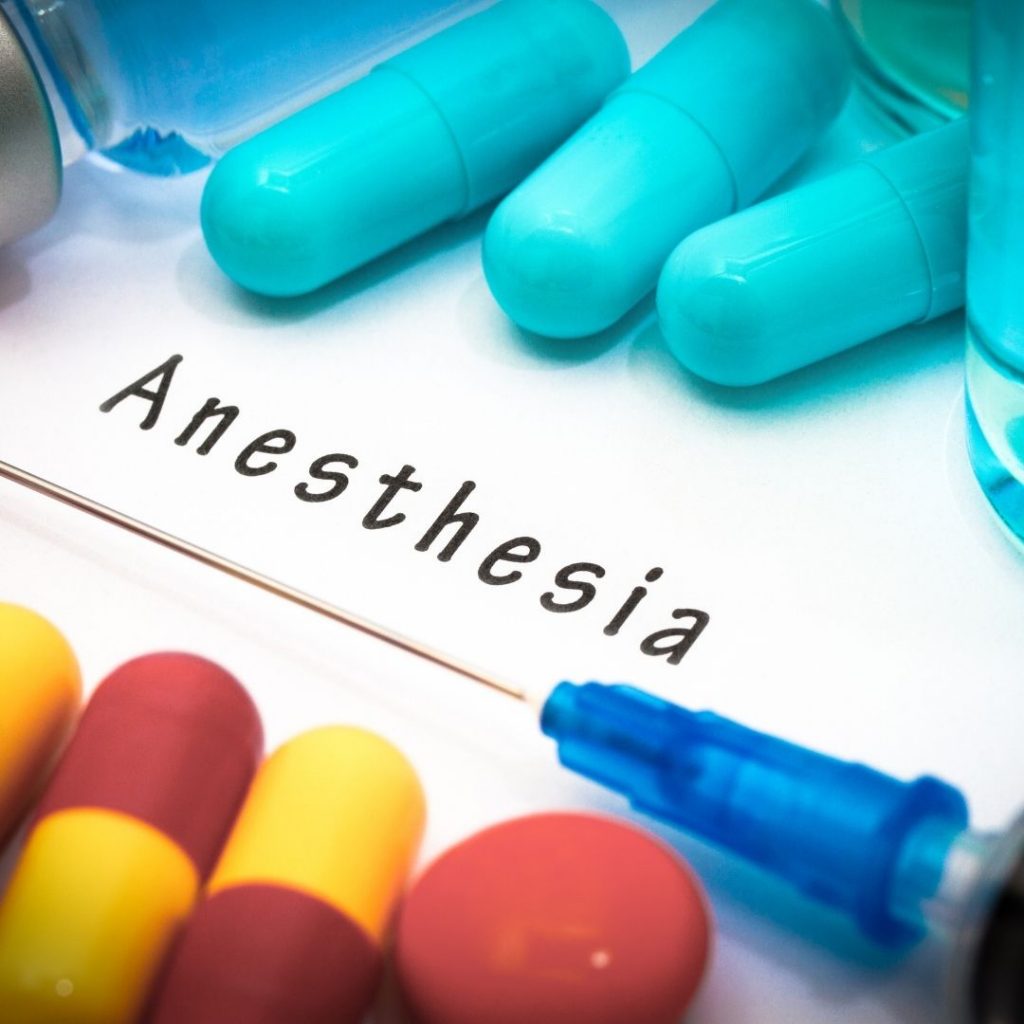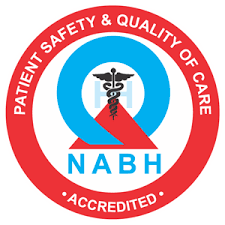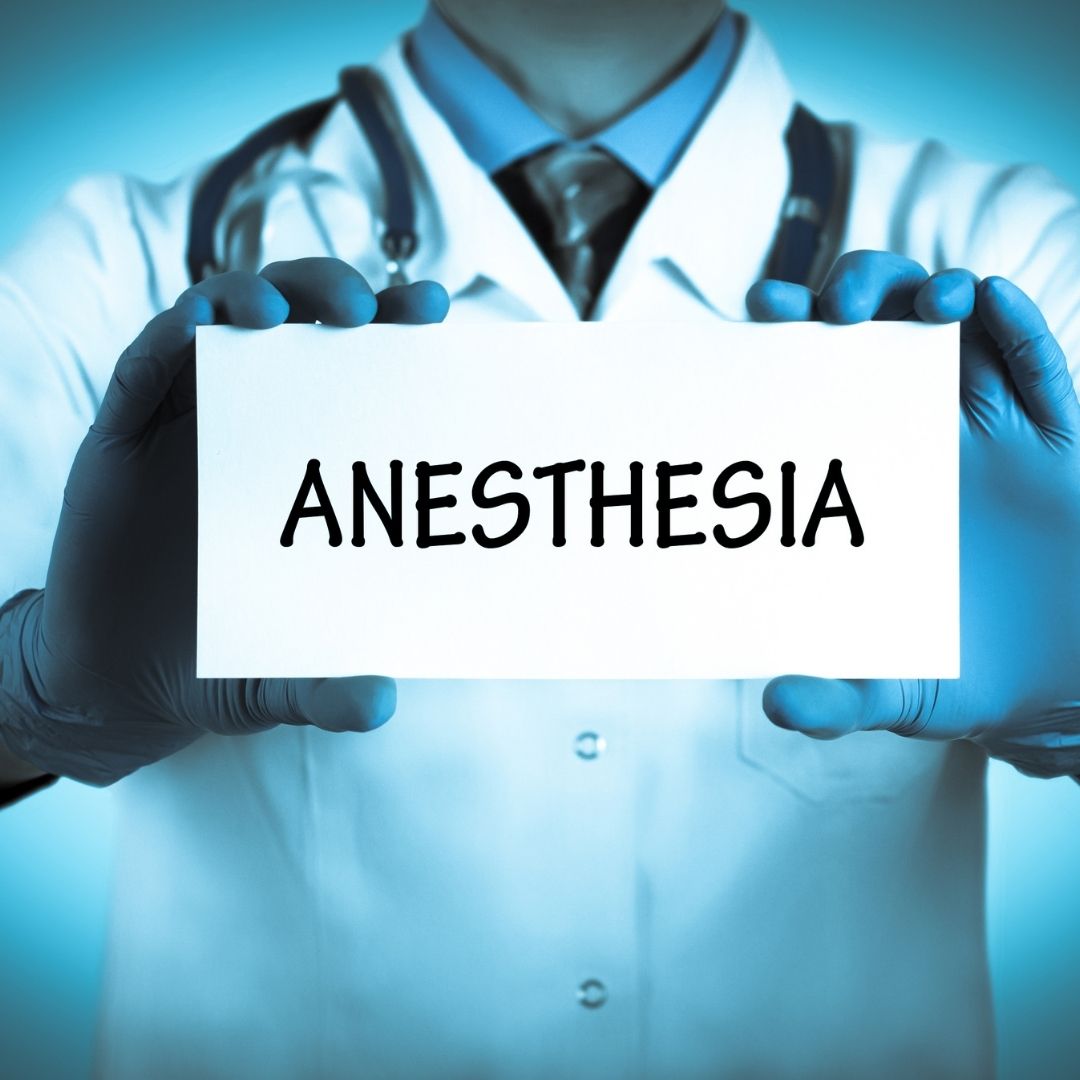Keeping patients comfortable, without pain and distress, and continuously monitoring vital signs is what makes this profession so important.
What is Anesthesia?
Anesthesia is a medical treatment that prevents the feeling or sensation of pain with or without loss of consciousness during medical procedures. Anesthesiology also includes traditional intraoperative care and sub-specialties like chronic pain management and critical care.
Anesthesiologists are specialized doctors who administer anesthetics to patients, depending on the patient and the pain relief required. The various anesthetics administration routes include injection, inhalation, topical lotions, sprays, skin patches, and eye drops. Anesthesia is usually administered to patients who undergo complicated procedures like surgeries.
What are Anesthetics?
Anesthetics are drugs that reduce or prevent pain. There are mainly three types of anesthetics used.
In a restricted area of the body, local anesthetics are drugs that, upon topical application or local injection, cause a reversible loss of sensory perception, especially pain.
Regional anesthetics are local anesthetics that block the sensation perception from a larger body area, such as an arm, leg, or abdomen.
General anesthetics are drugs that cause a reversible loss of consciousness, immobility, muscle relaxation, and sensation, especially pain.
When local anesthetics or regional anesthetics are administered, the patient remains conscious, but during the administration of general anesthetics, the patient is unconscious and unaware of his/her surroundings. Anesthetics given to patients in critical care units are usually general anesthetics.
What do you mean by critical care?
Critical care or Intensive care is a specialized type of care administered to patients with life-threatening injuries and illnesses. They need constant monitoring and comprehensive care and are usually admitted to intensive care units (ICU).
Health-care providers use a lot of different equipment like catheters, dialysis machines, feeding tubes, etc. Devices also monitor the patient’s vital signs and display them on monitors. These machines help keep patients alive, but they can also increase the risk of infection.
Critical care anesthesia
Critical care anesthesia is a specific type of anesthesia where specialized anesthesiologists care for patients who have recently undergone major surgery or suffer from the effects of severe infections or trauma.
Critical care anesthesiologists possess the medical knowledge and technical expertise to deal with emergencies. They work in intensive care units as essential doctors of care, also known as intensivists. They have the training to deal with cardiac and pulmonary resuscitation, airway management, advanced life support, and airway control; stabilizing the vitals.
They know how to stabilize and prepare patients for emergency surgeries. They coordinate and work closely with other specialists like surgeons to manage treatments for patients and deliver a full range of care. They act as a connecting link between surgeons and physicians to ensure that they work together effectively and for the same purpose.
Critical care anesthesiologists continue to care and check on patients multiple times throughout the day and even at night.
Some of the standard protocols critical care anesthesiologists follow are –
-Monitor the electrical activity of the heart
-Monitor the blood oxygen saturation
-Monitor vital signs like blood pressure, respiratory rate, and heart rate.
Usually, patients in the ICU are given intravenous saline so that they stay hydrated.
During the coronavirus pandemic, the importance of critical care anesthesia has risen up. Anesthesiologists are working tirelessly to provide the necessary care required for an excessive amount of patients.
The management of COVID-19 patients includes specialized anesthetic care for patients with suspected and confirmed COVID-19, intubation outside operation theatres, oxygenation and ventilation support for acute hypoxemic respiratory failure, emergency management and participation in other patients care aspects.
Anesthesiologists have to be very careful as they will be handling most of the patients with respiratory disorders. Some requirements that need to be followed are
-All suspected patients must be kept in isolation rooms before their procedure.
-Anesthesiologists must wear Personal Protective Equipment at all times.
-Operations, when conducted, should be done in a negative pressure or positive pressure isolation rooms.
Effect on patients

Critical care can have a significant impact on patients. Before being administered with anesthesia, patients must undergo a diagnostic assessment to determine his/her ability to survive the stress of anesthesia and surgery.
Some difficult decisions must be made if the patient is critically ill or closer to death. Some patients may have to be resuscitated. Others can live but only with the aid of machines. The outcomes of these decisions must ensure that the patient undergoes minimal suffering. The entire team of healthcare workers and the patient’s family are involved in making these decisions.
Anesthesiologists around the world work long hours and fatigable work shifts. Critical care anesthetists have more stress while handling multiple patients and continuously monitoring their vital signs. The coronavirus situation has heavily impacted the work-life of these anesthesiologists, causing even more challenges.
Anesthesiologists are like the heroes behind a mask who ensure the patient’s safety while other specialists carry out their procedures. We have to thank them to keep us comfortable, pain-free, and in good health.
Do check our recent blog – https://www.saideephospital.com/2020/12/19/multiple-sclerosis/
Stay tuned for regular health updates – https://www.instagram.com/saideephealthcareofficial/


